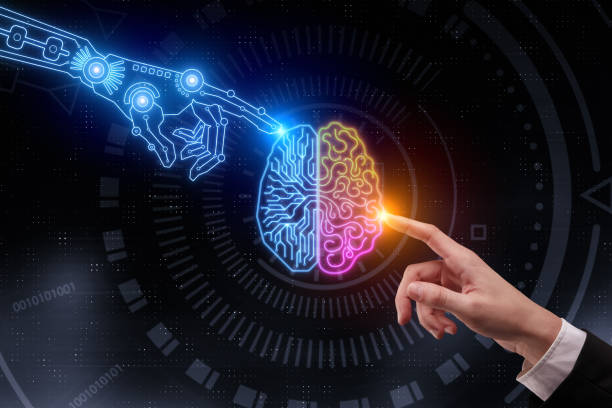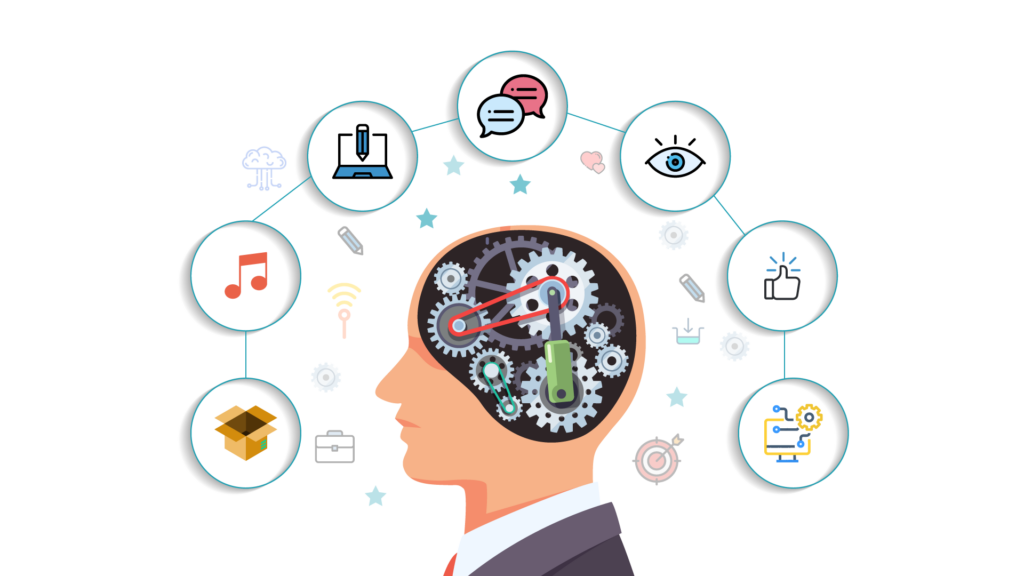
Artificial Intelligence is buzzing fastly in today’s digitalised world. The usage of AI is implemented directly and indirectly in processes. AI mainly helps in decision making without bias. Our everyday lives have started moving with google assistants, maps, alexa and chatbots which are nothing but artificial intelligence.
Artificial Intelligence (AI) refers to the ability of machines or computers to perform tasks that typically require human intelligence, such as perception, reasoning, learning, decision-making, and natural language processing.
AI is categorized into three types:
Narrow or Weak AI:
Involves developing systems that can perform a specific task, such as playing chess, recognizing faces in photos, or translating languages. These systems use machine learning algorithms, which enable them to learn from data and improve their performance over time. Examples of narrow AI include Siri, Alexa, and self-driving cars.
General or Strong AI:
On the other hand, refers to developing systems that can perform any intellectual task that a human can do. This type of AI would be capable of reasoning, problem-solving, and learning in any domain. Although progress has been made in the development of General AI, it is still largely hypothetical and has not yet been achieved.
Artificial Superintelligence (ASI):
Which is hypothetical, is an AI system that has surpassed the intelligence of the most intelligent human beings and is capable of learning and problem-solving at an unimaginable rate.
AI is been created through various methods, such as rule-based systems, machine learning, and deep learning. Rule-based systems rely on pre-set rules and algorithms to make decisions and perform tasks, while machine learning uses algorithms that enable machines to learn and improve from data. Deep learning is a subset of machine learning that involves the use of artificial neural networks to process and analyze large amounts of complex data.
AI is used in a wide range of applications, including autonomous vehicles, medical diagnosis, fraud detection, speech recognition, and image and language processing. However, AI also presents ethical concerns and challenges, such as job displacement and the potential misuse of AI systems for malicious purposes.
There are several approaches to developing AI systems, including rule-based systems, artificial neural networks, genetic algorithms, and fuzzy logic. Rule-based systems use if-then statements to make decisions, while artificial neural networks simulate the structure and function of the human brain to learn from data. Genetic algorithms use evolutionary processes to optimize solutions to problems,
and fuzzy logic allows for uncertain or ambiguous data to be processed.
AI has many applications in various fields, including healthcare, finance, transportation, and entertainment. In healthcare, AI can be
used to analyze medical images and assist in the diagnosis of diseases. In finance, AI can be used for fraud detection and risk analysis.
In transportation, self-driving cars are an example of AI in action. And in entertainment, AI can be used to create personalized recommendations for movies, music, and TV shows.
Overall, AI has the potential to revolutionize the way we live and work, but it requires careful consideration and management to ensure that its benefits are maximized and its potential risks are mitigated. While AI has the potential to improve our lives in many ways, it also raises ethical concerns, such as job displacement and privacy issues.
As AI continues to develop, it is essential to address these concerns and ensure that the benefits of AI are distributed equitably.
Healthcare: AI can help doctors and medical professionals to diagnose diseases and plan treatments. It can also be used to monitor patients remotely, detect health risks early, and personalize treatment plans.
Finance: AI can be used to detect fraud, monitor financial markets, and predict economic trends.
Customer Service: AI-powered chatbots can be used to provide 24/7 customer service and support. They can also be used to handle routine
customer inquiries and resolve issues quickly.
Manufacturing: AI can be used to optimize production processes, reduce waste, and improve quality control.
Transportation: AI can be used to optimize routes, reduce fuel consumption, and improve safety in transportation.
Education: AI can be used to personalize learning, provide students with feedback, and help teachers to identify areas of improvement.
AI (Artificial Intelligence) can be used in a variety of ways to solve different problems and improve efficiency in various industries.
Here are some examples of how AI can be used:
Personalization – AI algorithms can analyze large amounts of data to make personalized recommendations and suggestions to users, such as
personalized product recommendations on e-commerce websites or personalized news feeds on social media.
Automation – AI can automate repetitive and time-consuming tasks such as data entry, customer support, and quality control in manufacturing.
This can save time and increase productivity.
Predictive analytics – AI can use machine learning algorithms to analyze large datasets and make predictions based on historical data, such
as predicting equipment failures in manufacturing, predicting customer churn in telecoms, or predicting sales trends in retail.
Image and speech recognition – AI can be used to recognize and interpret visual and auditory data, such as recognizing faces in images,
detecting objects in videos, and transcribing speech.
Natural Language Processing (NLP) – AI can be used to analyze and understand human language, such as sentiment analysis, chatbots, and voice assistants.

AI has the potential to transform many industries and improve our daily lives in numerous ways.
Small startups to big firms involves AI to improve their performances, and AI is mainly used in different ways such as
Natural language generation:
There are several ways in which AI is used in natural language generation (NLG) to improve its performance. Here are some examples:
Machine Learning:
NLG systems use machine learning algorithms to learn patterns and structures in large amounts of textual data. This enables them to generate more natural-sounding language by identifying and replicating common language patterns.
Deep Learning:
Deep learning is a subset of machine learning that involves neural networks. NLG systems can use deep learning algorithms to learn and model the relationships between words and phrases, allowing them to generate more coherent and cohesive language.
Natural Language Processing (NLP):
NLP techniques are used to parse and analyze textual data, allowing NLG systems to understand the meaning of words and phrases in context. This enables them to generate more accurate and contextually relevant language.
Sentiment Analysis:
Sentiment analysis techniques can be used to determine the emotional tone of a piece of text. NLG systems can use this
information to generate language that reflects a particular sentiment or tone.
Knowledge Graphs:
Knowledge graphs are a way of representing knowledge in a structured format. NLG systems can use knowledge graphs to generate more accurate and informative language by drawing on a wide range of related information.
Transfer Learning:
Transfer learning is a technique where a pre-trained language model is fine-tuned on a specific task or domain. NLG systems can use transfer learning to improve their performance on specific types of language generation tasks, such as summarization or paraphrasing.

Artificial Intelligence is broadly used in:
Regenerate response
Speech recognition
Virtual agents
Decision management
Biometrics
Machine learning
Robotic process automation
Peer-to-peer network
Deep learning platforms
AL-optimized hardware
Many chatbots arise recently using AI and flourishing popularly which makes other search engines unfamiliar Netomi
ChatGPT
atSpoke
WP-Chatbot
Microsoft Bot Framework
Zendesk Answer Bot
x.ai
CSML.dev
Alexa for Business
Drift
Overall, AI plays a critical role in improving the performance of natural language generation systems, enabling them to generate more natural, coherent, and contextually relevant language. It has the potential to transform many industries and improve our daily lives in numerous ways.
It regenerates responses to improve the performance of conversational systems. By leveraging NLP, machine learning, and other AI techniques, conversational systems can generate more appropriate, contextually relevant, and natural-sounding responses, enhancing the user experience and improving overall system performance.





